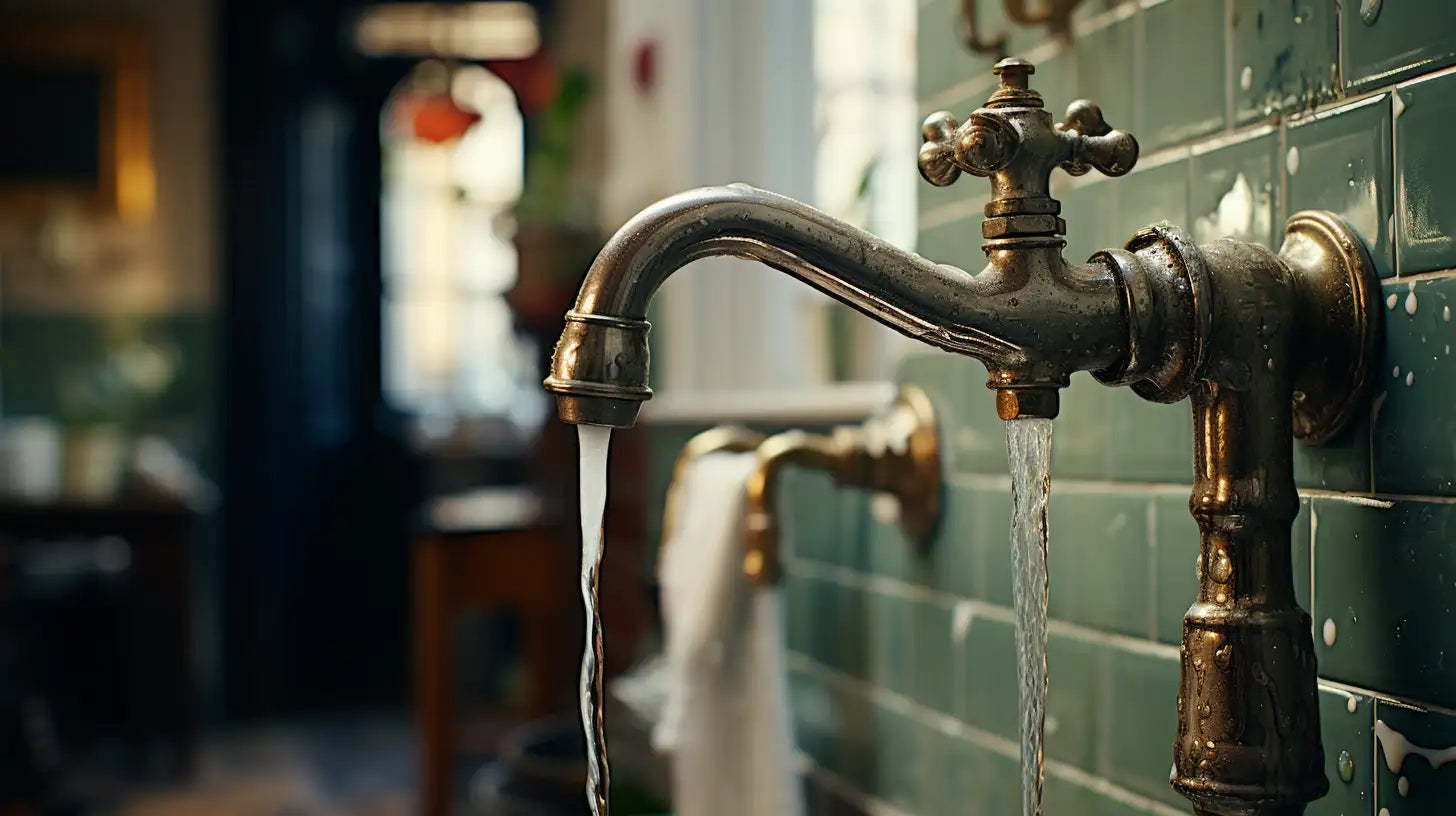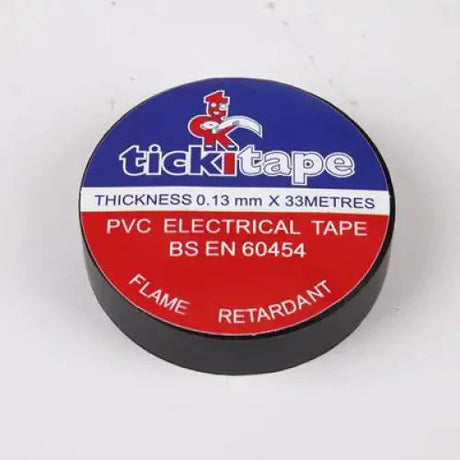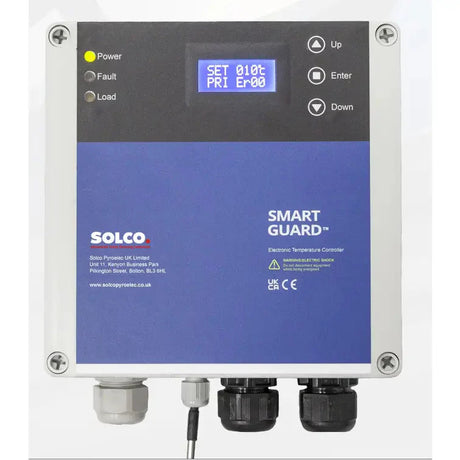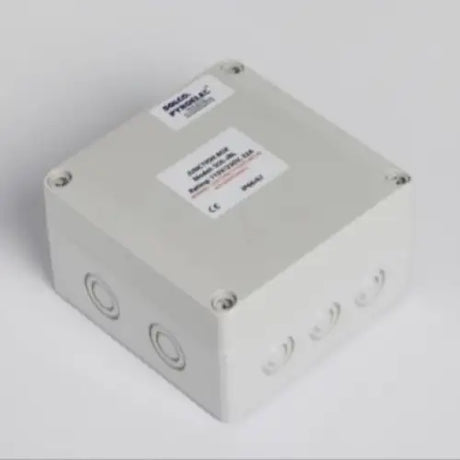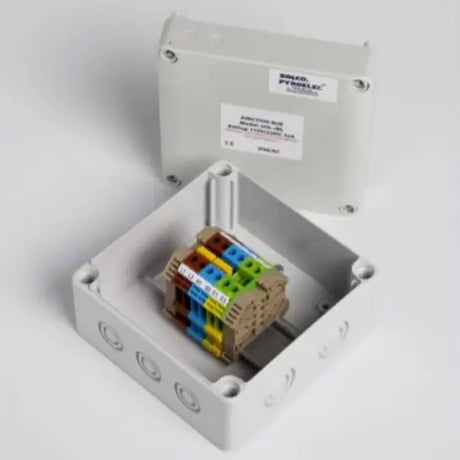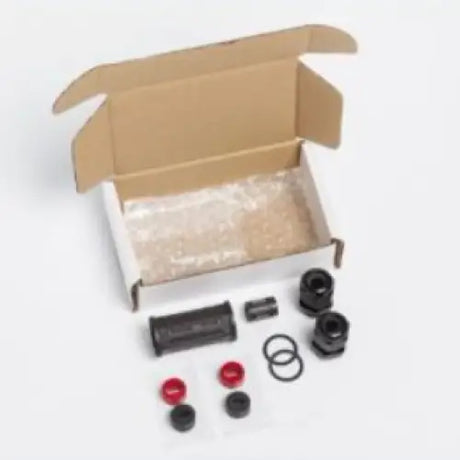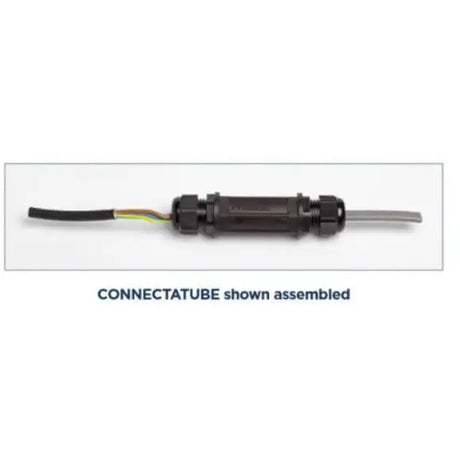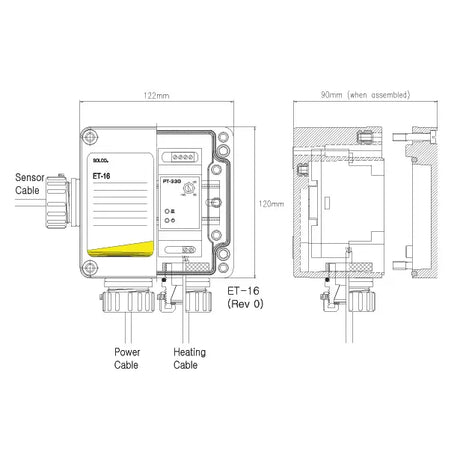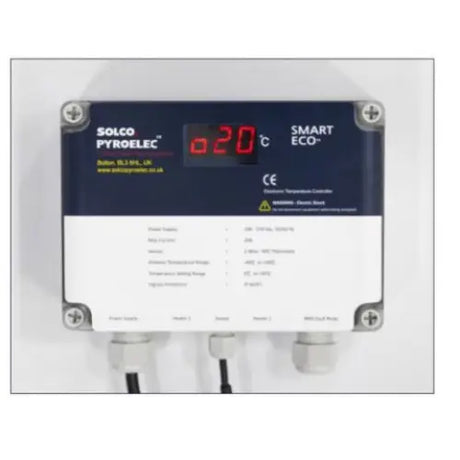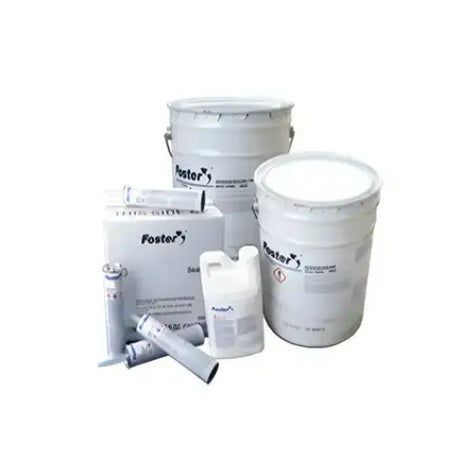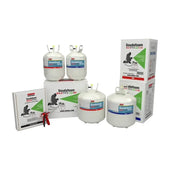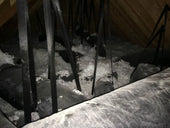In cold climate areas, a common problem for pipes exposed to freezing temperatures is burst pipes and water damage when they freeze in winter. Insulating pipes helps, but is not always enough for pipes particularly vulnerable to freezing. An effective solution to prevent pipe freezing is implementing an electric trace heating system.
How Trace Heating Prevents Frozen Pipes
Trace heating consists of an electric heating element that runs along the length of pipes. It keeps the temperature of the pipes and any water inside from dropping below freezing. Self-regulating heating cables are most often used. These can be fixed on the exterior of pipes underneath the insulation.
Benefits of Trace Heating
Compared to alternatives like heat tape or propane/natural gas heaters, trace heating offers:
- Even heating over the full pipe length
- Adjustable automatic temperature control
- Minimal energy use
- Long service life
Combined with proper insulation, trace heating is the most effective and energy efficient freeze protection method.
Choosing the Right Trace Heating System
To implement pipe trace heating, you first need to determine the correct heating cable type and power output. Factors like pipe size, pipe material, insulation levels, and coldest expected ambient temperature all impact heating needs.
Key Elements of a Trace Heating System
A complete electric trace heating setup requires:
- Heating cables - Self-regulating or constant wattage styles.
- Thermostat/controller - For temperature regulation and system control.
- Power connection kit - For connecting cables to power supply.
Additional components like cable ties, warning labels, splice kits and end seals complete the system.
How to Determine Trace Heating Needs
Manufacturers offer pipe trace heating design guides to calculate the required heating cable power output based on factors like:
- Pipe material - plastic, copper, steel etc.
- Pipe size - diameter and length to heat.
- Insulation type and thickness.
- Exposure temperatures - lows, wind velocity, etc.
- Trace layout type - spiral or straight.
With this design data, you can determine the right heating cable specifications and length required. It's important to size the system correctly to provide sufficient heating without oversizing.
Installing and Controlling Trace Heating Cables
Once you have the trace heating components, proper installation is critical for freeze protection reliability and electrical safety. Follow manufacturer guidelines closely.
Key Trace Heating Install Steps
Typical self-regulating heating cable installation involves:
- Attaching cable to pipe at regular intervals with fiberglass tape.
- Running cable along pipe length with even coverage.
- Attaching thermostat temperature sensor to pipe.
- Connecting power with waterproof connection kit.
- Insulating over cable and components.
The system can then be plugged in and controlled by the thermostat. Set the temperature maintaining range 5-10°F above the fluid freezing point. Additional control options include outdoor reset controls and data logging.
Safety and Maintenance Considerations
Proper trace heating safety steps include:
- Warning labels on all heated pipes.
- Ground fault circuit protection.
- Overtemperature safety controls.
- Routine inspection of cables and connections.
Annual system tests are recommended. Trace heating systems typically last 10+ years with proper installation and maintenance.
Freezing Pipe Protection for Critical Water Lines
While no freeze prevention method is 100% guaranteed, electric trace heating offers the most reliable and energy efficient solution. Trace heating is commonly used to protect sensitive water pipes like fire suppression lines, potable water mains and plumbing in unheated areas.
By selecting the right trace heating components and properly installing the system, you can effectively prevent costly and dangerous pipe freezing all winter long. Maintain your trace heating to maximize reliability and return on investment from energy savings versus damaged pipes.
Protect Your Pipes from Freezing with Trace Heating
Has this overview helped explain electric trace heating for pipe freeze protection? The specialists at Insulation & More can assist with choosing and implementing the best trace heating system for your particular pipes and climate conditions. Contact us to learn more and keep your pipes freeze-free this winter.

